VA students respond to their magnet labels
VA students got to display wonderful works of art at College and Career Day. Photo by Izzy Young.
May 23, 2023
For the final installment of RedEye’s series on magnet based stereotypes, we look at the Visual Arts (VA) magnet. Some students preferred to remain anonymous so that they could feel comfortable providing honest and candid feedback. Students addressed their experience with stereotyping, their decision to apply to VA and the best and worst parts of the magnet.
When asked about magnet based stereotypes, VA students report being described as furies, weird, artsy, emo, gay, annoying, unique, introverted, outgoing, indie and more.
A common descriptor that surfaced was that VA kids are dumb.
“Sometimes I wish other students knew the workload isn’t actually that easy. I think they assume since it’s art, it’s easy, but it’s really not,” Anna Cohen (11, VA) said.
“VA kids don’t work as hard because art isn’t always ‘academic’,” a junior in the magnet reported hearing.
However, the need to be creative and produce high quality work on a deadline can cause added pressure for VA students.
“It’s mentally draining and exhausting. It isn’t just coloring all day,” another junior said.
For students who never venture into the VA annex or witness the time and effort that goes into each art piece, they might assume VA is indeed just coloring all day. This can lead to the stereotype that VA students aren’t hard working, and subsequent unfair assumptions about their intelligence.
The stereotype that was most common was that VA kids are weird.
“We’re categorized as just very weird and unique people,” Katie Ha (12, VA) said.
“Every time I say I’m in VA, everyone is shocked because I don’t fit the look,” a junior said.
Many students found that people outside the magnet tend to generalize all VA students as looking and acting a certain way, claiming there is a singular VA “look.”
“People definitely assume that VA kids are weird,” Cohen said, adding that they are often stereotyped as “introverts with very outgoing clothing and hair choices.”
While not every VA student chooses to dye their hair or dress eccentrically, some do as a form of self-expression, as they turn their artistic endeavors outward.
“People say it’s the artsy fartsy people, which is true, it’s art; what did you expect?” a VA junior said.
“Just because some people are more artistic and aren’t afraid to put themselves out there and be who they are, it doesn’t make them weird. I think everyone has a weird part of themselves that they hide from the world, but I think a lot of VA kids channel that weirdness and use it as a tool instead of sheltering it. It’s honestly really beautiful,” Parker Creeden (VA, 9) said.
Identifying VA kids by their hair or clothing is a form of stereotyping that can be harmful in many ways. For students who choose to look this way, it can make them feel judged rather than celebrated for their choices. Also, VA students who don’t fit “the look” are made to feel as though they may not belong.
Perhaps identifying magnet students by their passions and creative endeavors is more effective and just. Students in VA primarily applied to the program because of their passion for creating and love for art.
“I had an interest in art and wanted to be in an art program, so what better than Manual?” a junior in the magnet said.
“I’ve always loved art, and I’ve been holding a paintbrush since I was super little,” Creeden said.
Other students chose the magnet for the training and foundation it would give them to pursue art professionally.
“I chose VA because I wanted to help my artistic talents grow in order to fulfill a career,” a VA sophomore said.
“I like to make art and, growing up, I never really saw a lot of art that looked like me so I wanted to be that person to inspire others” Asia Leach (11, VA) said.
For students whose passions lie in art, the ability to create during the school day is their favorite part of the magnet. VA classes act as a nice break and escape from the everyday stress of Manual.
“I wanted to balance my intended heavy course load with engaging my artistic passions,” a junior said.
“The creative classes let me chill out in the midst of all my educational classes,” Ha said.
“I like how creating art during the school day for a few hours is calming and makes the whole day less stressful. I like the creative energy in the VA annex, and I love getting to spend a few hours everyday there. It’s calming,” Cohen said.
However, students made sure to point out that classes aren’t always an idyllic escape. For some, teachers and policies regarding grading can be very frustrating, making the creative process less enjoyable.
“We don’t really use a rubric in art, but assignments are still graded fairly harshly in some classes, no matter how hard you work. Even your best work can get a bad grade because it’s graded subjectively,” a junior said.
Some students wish rubrics were used more often so they could better understand why their art got the grade it did. The subjective nature of art can make grading hard and make grades seem unfair, as personal tastes and opinions can differ between teachers.
“It can be very stressful and make you think badly about yourself,” a sophomore noted, commenting on grading policies.
Also listed as a negative part of the magnet is the poor self-esteem that can arise when artwork gets compared. There is a certain vulnerability when one is creative and it can feel personal when others do not appreciate the end product.
“The worst part is not winning awards or when your art is always the last to get picked,” a junior said.
In offering advice for freshmen, they added, “Just because your art doesn’t get picked, don’t discourage yourself. Everyone has a different art style and it’s okay to like someone else’s, but comparing will force you to lose motivation.”
VA is home to many talented artists, which can be both negative and positive for students. On one hand, students can lose confidence when they feel their art is not as good as that of their peers, possibly losing motivation altogether. However, there can also be massive benefits gained from putting talented and passionate artists together.
“It can be inspiring talking to other artists about art. Often you give each other ideas and support each other’s art,” a VA junior said.
“I like the critiques I get from other students,” a sophomore in the magnet said.
More often than not, students feel like VA is a very helpful and supportive community, as students can help each other grow as artists.
“It feels like a family,” Neveah Hughes (11, VA) said.
“It’s an incredibly tight knit community,” a sophomore agrees.
VA students wish the rest of the school understood and appreciated their art and personalities more. Instead of viewing VA kids as dumb or weird, they wish to be seen as serious budding artists who put lots of time and effort into their magnificent creations.


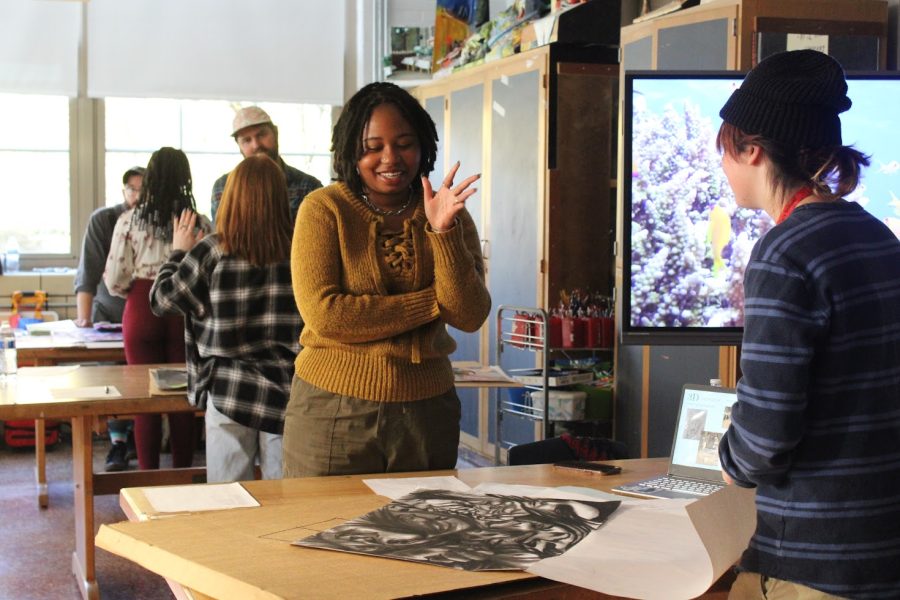






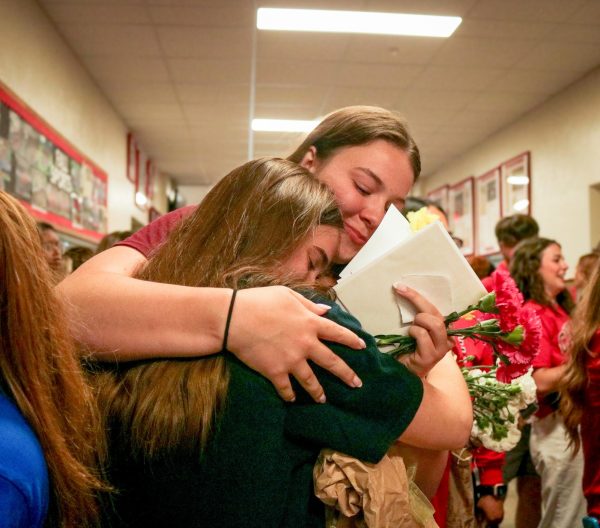
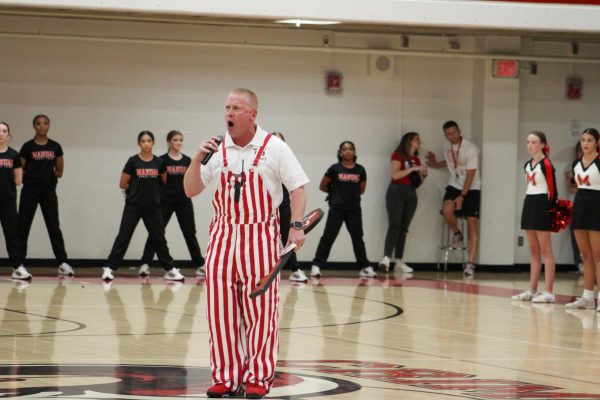
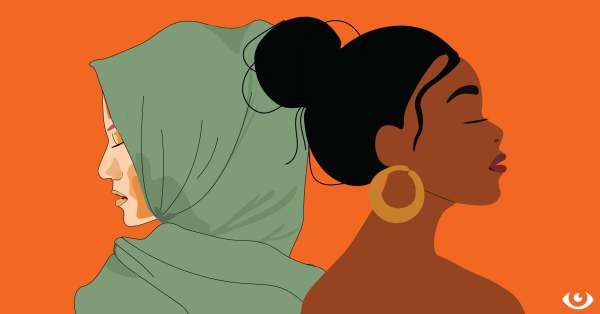
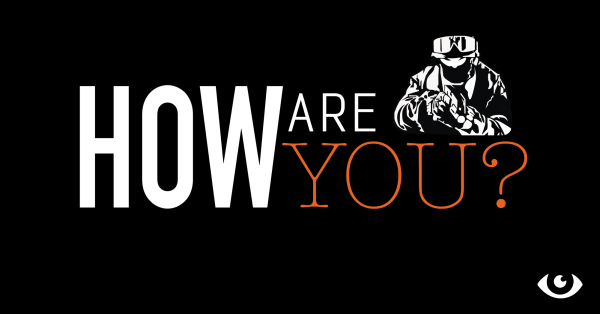
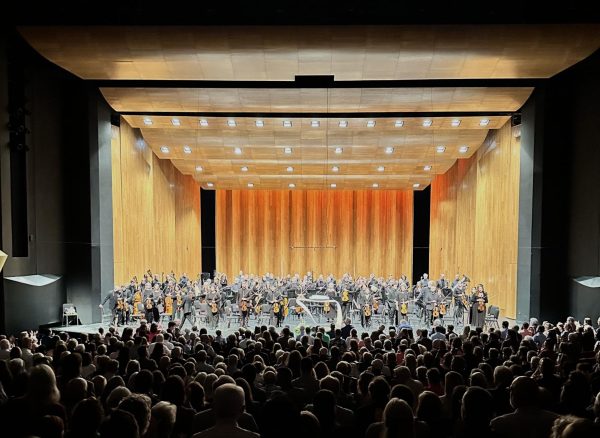

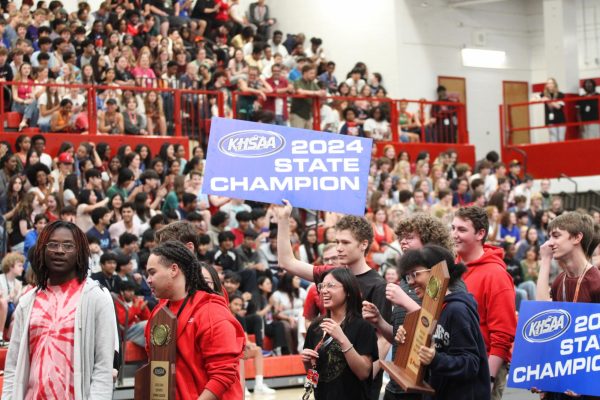
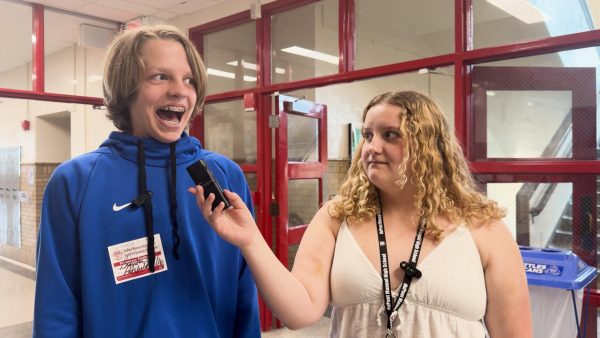
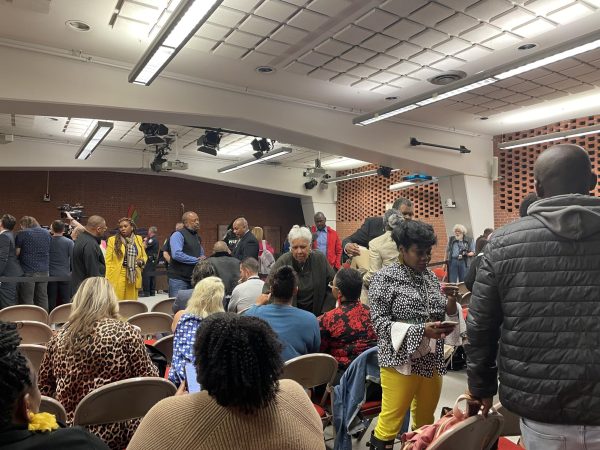
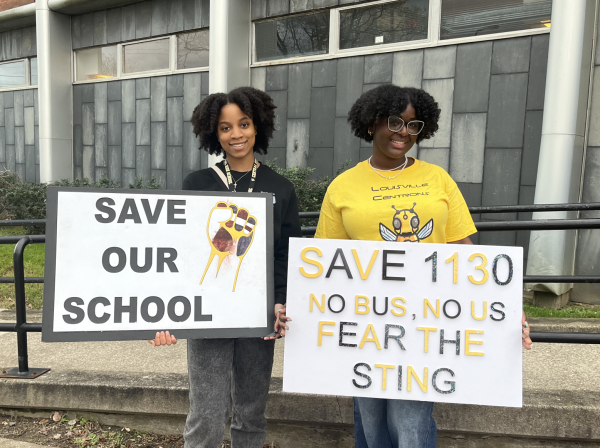
Dia Cohen • May 23, 2023 at 9:02 am
This piece is outstanding! They just keep on improving! I love how you captured some of the struggles of a VA students!